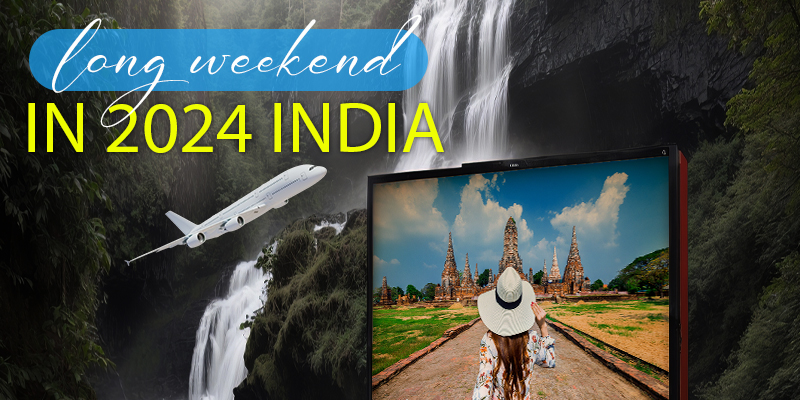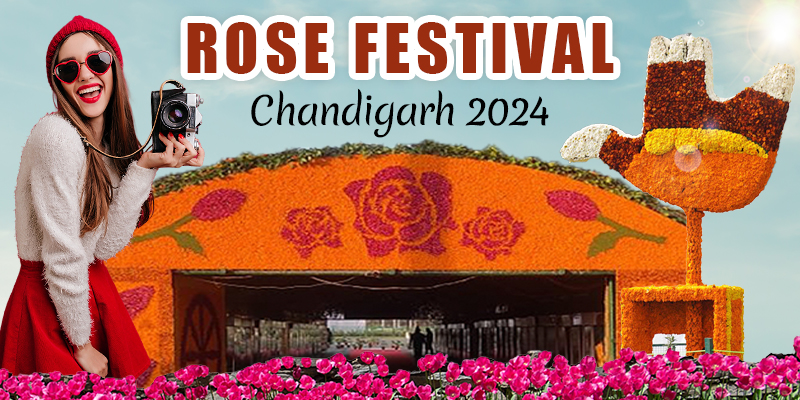
INDIA: A LAND OF HISTORY AND CULTURE
India is one of the world’s oldest & largest established civilizations. India is sweeping conjunction of religions, customs, and traditions. The spotlight on Indian legacy lies in the fortune of its specialty which is art architecture, traditional dance, music, vegetation, and the indigenous secular philosophy of its people. A visit to the Indian heritage site resembles a stroll through history, switching to lanes with each administration that ruled over Indian soils. The artfulness of Indian handicrafts, the extravagance of silk and cotton materials, the identity of jewelry, everything has descended as a point of heritage from antiquated times and is being kept alive for a large number of ages. Indeed, even food in India is an inheritance and part of Indian legacy, contrasting in look and taste in each province of India.
The societal legacy of India prospers keeping up with its unique highlights together alongside changes, a key mark of its solidarity. Have a look at this tailor-made rundown of the multitude of top and renowned authentic historical spots in India that covers the whole country:
(1) Taj Mahal:

One of the Seven Wonders of the World, the Taj Mahal is without a doubt India’s most popular landmark. It lingers evocatively from the banks of the Yamuna River. Mughal head Shah Jahan had it worked as a tomb for his third spouse, Mumtaz Mahal, who passed on in 1631. Development occurred in a time span of 16 years, from 1632 to 1648. The Taj Mahal is made from white marble however its tone captivatingly appears to adjust in the changing light of the day steadily.
Fascinating Fact: Dubai is building a shopping complex and hotel inspired by the Taj Mahal that is four times the size of the Taj Mahal.
(2) Qutub Minar:
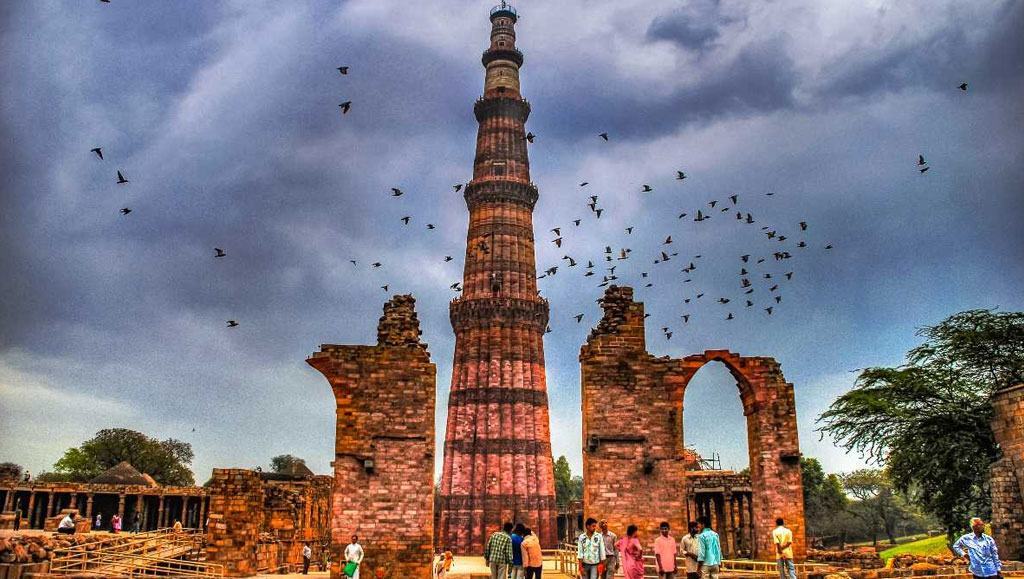
Qutub Minar is the first historic site of the first Mughal kingdom in India. The Qutub Minar is certainly the most verifiable archaeological remaining in India. It is perhaps the best illustration of Indo-Mughal architecture with its complex red sandstone stories. The walls of Qutub Minar have carvings and stanzas from the Quran, which are engraved in Arabic and Nagari. Qutub Minar is one of the well-known historical places in India and is said to have its name from Qutb-ud- Aibak who was the main Mughal chieftain of North India. The first mosque in India which is Quwwat-ul-Islam Mosque is situated at the foot of the Qutub Minar.
Fascinating Fact: The Qutub Minar complex has an iron pillar that has not rusted even after so many years.
(3) Jallianwala Bagh
Jallianwala Bagh, close to the Shri Harmandir Sahib (Golden Temple) in Amritsar, is the site of a miserable yet extremely important occasion in India’s set of experiences and battle for freedom. On April 13, 1919, British soldiers started shooting at an enormous gathering of more than 10,000 unarmed protest marchers, which is what is known as the Amritsar Massacre. The British gave no advance notice of the shooting. Official records show that around 400 individuals were killed and another 1,200 injured. However, the informal count is a lot higher. The awful massacre was a defining moment in India’s relations with Britain and a driving component in Gandhi’s movement to look for Independence from British rule. In 1951, the Indian government built a shrine at Jallianwala Bagh with an Eternal Flame of Liberty. The dividers of the park or garden breathe bullet shot marks, and where the firing was done can also be seen. A museum with pictures of Indian freedom fighters and historical memory is one more fascination there.
Fascinating Fact: Legendary Jallianwala Bagh Massacre occurred here.
(4) Hawa Mahal, Jaipur:
The ‘Palace of Winds’ or Hawa Mahal gets its name because of the way that it resembles a honeycomb of a beehive with its 953 unpredictable windows. It is likewise molded like a crown as the ruler who constructed it, Maharaja Sawai Pratap Singh, was a significant enthusiast of Lord Krishna. One of the famous vacationer places in Jaipur, this royal residence is known as the tallest structure on the planet that has no establishment or foundation. The royal palace is curved yet at the same time stands firm because of its pyramidal shape.
Fascinating Fact: It was assumed that “Hawa Mahal” was made so that the princely women could look outside as they were persistently under “Purdah”.
(5) Victoria Memorial, Kolkata:
The Victoria Memorial in Kolkata is one of the places with the most tourists in India. This historic monument was built during the pinnacle of the British period in India. The then Viceroy Lord Curzon set out this landmark yet its real plan was finished by Sir William Emerson. Large numbers of rich gardens, a gallery hall loaded up with British memorabilia including weapons, compositions, models, sculptures, artifacts and a royal portrait of the Queen are what you will find in this excellent landmark. Probably the best composition you will find here is the one by Russian craftsman Vasili Verestchagin. This painting portrays the Prince of Wales in Jaipur in 1876.
Fascinating Fact: There are two arrangements of strange engravings on the landmark. One is “VRI” which implies Victoria Regina Imperatrix and the other is “Dieu Et Mon Droit”. The first means Victoria Queen and Empress and the second one signify “God and my right”.
(6) Fatehpur Sikri, Uttar Pradesh:
The imperial city of Fatehpur Sikri was once the capital of the Mughal kingdom during Akbar’s rule. This imperial city is one of the authentic traveler places in India and once had castles, public structures, mosques, and quarters for the ruler, the military as well as the workers. Further, the very much arranged illustrious city with cut carved, inscribed, and adorned support pillars was constructed between 1571 and 1573 AD and deserted because of a deficiency of water.
Fascinating Fact: Many infertile ladies would come to the burial place of the Sufi or the holy person Salim Chisti to appeal to God for kids.
(7) Red Fort, Delhi:
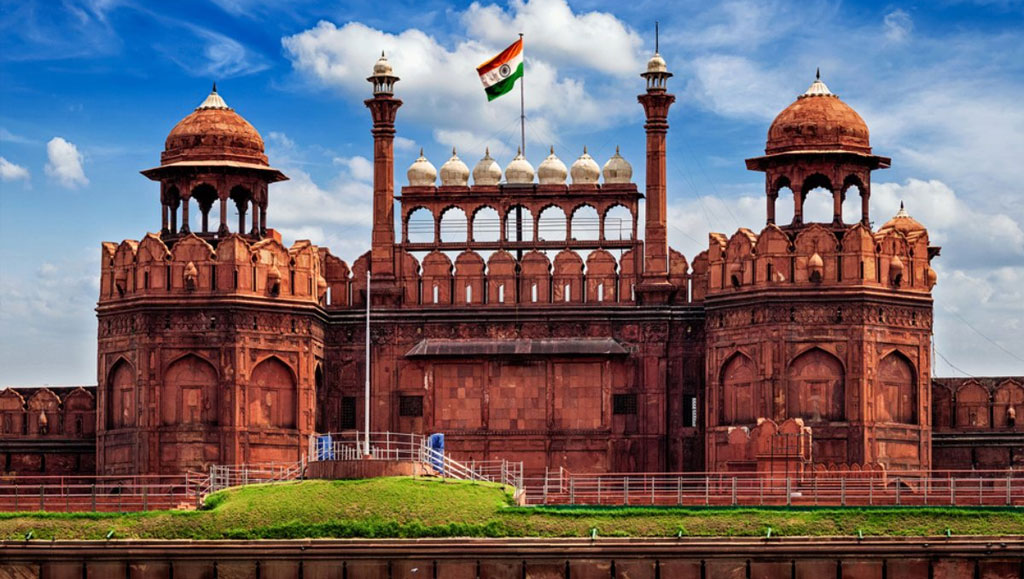
The Red Fort was built for more than a decade from 1638 to 1648. This tower was developed when Shah Jahan moved the capital from Agra to Delhi and it was then known as the Qila-e-Mubarak. This octagonal fort is quite possibly the most renowned archaeological spot in northern India and is additionally the site where the President gives his oration on Independence Day. The Red Fort is genuinely astounding and one of the most mind-blowing heritage places in India.
Fascinating Fact: The Red Fort was white as it was made of limestone. The British painted it red when the limestone began chipping out.
(8) Agra Fort, Uttar Pradesh:
To get a feeling of the rich history of the Mughal period, visit the walled palatial Agra Fort, one of the well-known historical spots in India. It was constructed altogether of red sandstone. Worked in 1565 by Akbar, this historical tourist place in India has two elaborately planned doors: the Amar Singh Gate and the Delhi Gate. You can enter through the Amar Singh Gate to uncover an old city loaded up with doors, courts, entries, royal residences, and mosques. It is perhaps the most excellent spot to visit in Agra.
Fascinating Fact: This fort was remembered for one of Sherlock Holmes’ cases: the “Indication of the Four” and was additionally the area for the film Jodha Akbar.
(9) Sanchi Stupa, Madhya Pradesh:
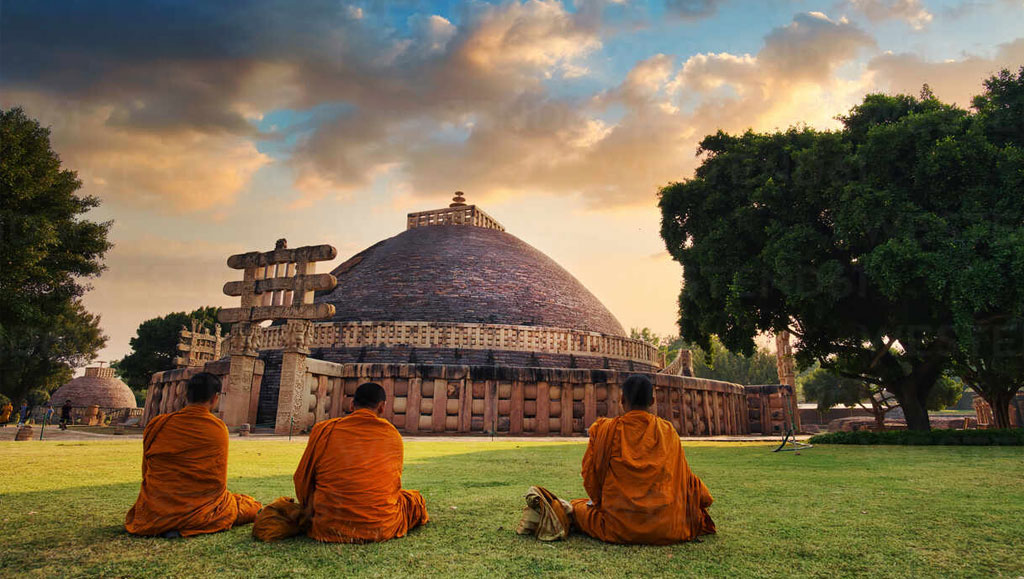
Uncover one of the strictest focuses of Buddhism at the Sanchi Stupa which houses relics of the Buddha. This renowned historical spot in India was worked by Lord Asoka in the third century B.C for Emperor Ashoka. The Dome of the Stupa implies the wheel of charter and this stupa is viewed as an image of Buddha’s emancipation, the circle of life, and demise (Moksha). The four doors of the Stupa replicate separate scenes from the Jataka stories and Buddha’s life.
Fascinating Fact: The relics of Buddha were painted with a Mauryan Wax to make them gleam like glass.
(10) Golden Temple, Amritsar:
One of the most renowned Gurudwara (Sikh Shrines) in the whole world, Sri Harmandir Sahib is one of the significant profound historic spots in India. While it has been around for quite a long time, it was modified with unadulterated gold and marble in 1830 by Maharaja Ranjit Singh. Situated in the core of Amritsar, it is visited by more than a hundred thousand explorers consistently.
Fascinating Fact: Each day, more than a hundred thousand individuals share the Langar here.
India has a lot more to offer in terms of historic places. India’s heritage places mark an important spot in the world in matters of sculpture and architecture.









